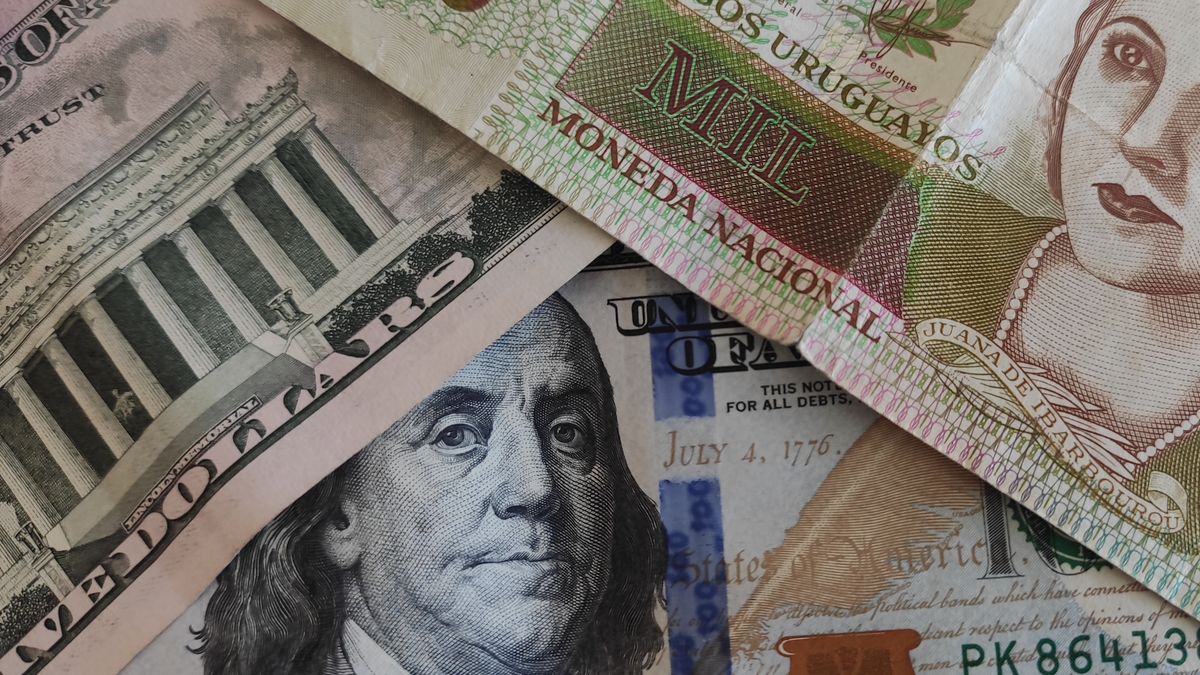For the head of Livestock, Agriculture and Fisheries, the delay in the value of the dollar is a reality, while for his counterpart in Industry “technically there is none.”
The ministers of Livestock, Agriculture and Fisheries (MGAP) and of Industry, Energy and Mining (MIEM), Ferdinand Mattos and Omar Paganini, respectively, they contradicted themselves regarding the diagnosis of the problem surrounding a significantly weakened dollar against the peso in Uruguay: while the first did not hesitate to speak of exchange rate delay, the other preferred not to use that term to describe the country’s situation.
The content you want to access is exclusive to subscribers.
It is not the first time that Mattos speaks of exchange rate delay. For the holder of the MGAP, the low value of the dollar and its inability to recover Some of the price lost so far this year —a drop that has already accumulated 3.51%— is a serious problem, especially for the agro-export sectors, which lead the claims for a most competitive exchange rate.


“I think that there is an exchange rate delay and inflation in dollars, they are issues that worry, but there is a reality that is incontrovertible, The Uruguayan peso is one of the few currencies that has strengthened around the strong currencies of the world”, said the minister last week, in dialogue with 970 Noticias.
Previously, Mattos had located in the country’s excellent exports during 2022 the reasons for a downward pressure on the dollar and, above these, also a high level of investment in the country.
Same diagnosis, different concept
In his turn, however, Paganini did not agree with his MGAP counterpart when talking about the situation of the dollar in the country. For him, “technically there is no exchange rate delay”. “What there is is a strong currency valuation that has to do with positive things. The strength of the numbers at the international level make the investments come and the income of dollars generates the strengthening of the peso”.
Likewise, the head of the MIEM highlighted that “there is an effect linked to the fact that the greater stability it prevents people from running out to buy dollars, the market in pesos is a market in which things work”. “The credibility of our economic policy, of our country as a stable place that receives investment, also has a negative part that weakens the dollar,” he added.
Regarding monetary policy, Paganini pointed out that “the central bank It has been prudent in managing the rate. No doubt I am very concerned that the change should be a little higher; the only knob to turn is the interest rate.”
Source: Ambito




